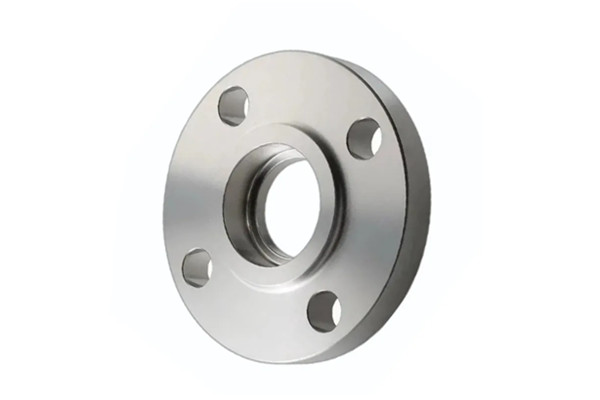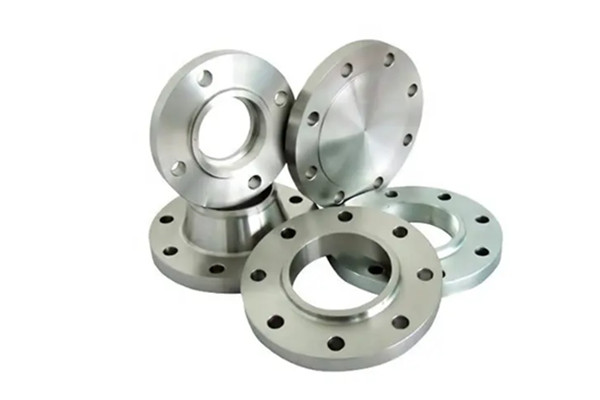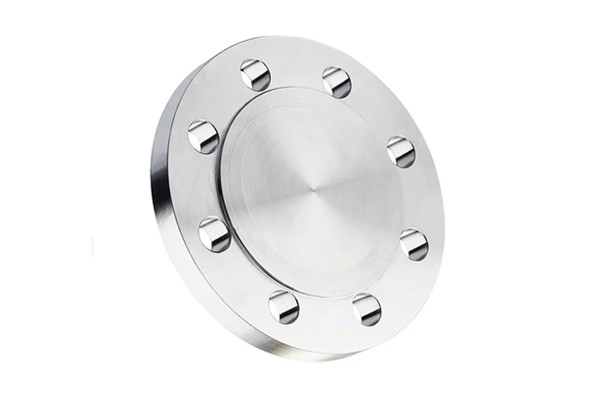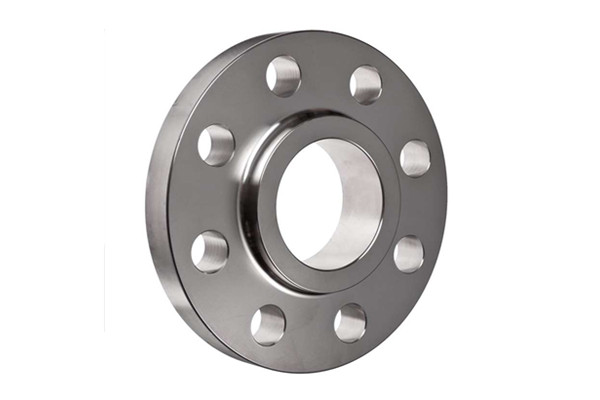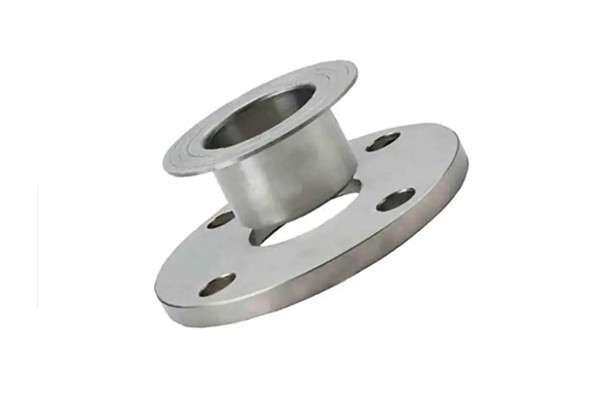INTRODUCE :
Socket weld flanges, also known as SW flanges, have a recessed area (similar to a shoulder) in the flange hole that acts as a guide to determine the depth of the pipe insertion into the flange. Socket weld flanges were originally designed for high pressure, small diameter pipe systems.
Kingrail Parts offers carbon steel and stainless steel socket weld flanges in accordance with DIN EN 1092-1/02.
Carbon steel: ASTM A105, ASTM A350 LF1/2, ASTM A181
Alloy steel: ASTM A182 F5, F9, F11, F22, F91
Stainless steel: ASTM A182 F304/L, F316/L
Outer diameter: 1/2 inch to 24 inch,
Special manufacturing up to 2500#: 24'' to 60''
Up to 900#Wall thickness: Schedule 40 to 160
Pressure rating: Class 150 to Class 2500 Face type: RF, RTJ
SPECIFICATIONS :
How to use
Insert the pipe end into the socket welding flange until the bottom of the pipe contacts the flange shoulder, pull the inserted pipe back 1.6 mm (1/16 inch) and then fillet weld. The purpose is to leave an expansion gap (1 fillet weld) between the flange and the pipe or fitting.
How socket weld flanges are produced
Socket weld flanges were first used in stainless steel superheaters to avoid cracking defects caused by thermal stress during heating. After years of development, it has become a standard application for all types of materials.
Socket weld flange face types
Socket weld flanges include RF type and RTJ type, which are similar to other types of welding flanges (slip-on flanges, weld neck flanges or blind flanges).
RF type
RF socket weld flanges have a small raised portion around the flange hole that protrudes from the flange face. The gasket seat will be placed in this raised area.
RTJ type
There is an RTJ type groove on the raised face where a gasket can be placed for better sealing performance.
Advantages
1. Socket weld flanges can replace threaded flanges to minimize the risk of leakage.
2. No beveling is required before welding.
3. The welding work is performed on the outside of the pipe and will not penetrate the pipe hole
4. It is recommended for applications where internal welding operations are particularly difficult. This sock-type welding structure eliminates internal air pockets while avoiding warping caused by welding heat and damage to the flange face caused by welding spatter. It has the same internal pressure as the flange sliding and has a longer fatigue life.
Disadvantages
1. Socket welding flanges have higher technical requirements for welders, and the expansion gap between the pipe and the shoulder must be ensured to be 1/16 inch during welding.
2. The expansion gap will cause crack defects, especially for corrosion-resistant pipes such as stainless steel pipes, cracks between the pipe and the flange will cause corrosion problems. Therefore, SW flanges are not suitable for corrosive or radioactive environments because solid deposits at the joints will cause operating and maintenance problems. For this reason, non-welded flanges are more commonly used because this welding method can fully penetrate the pipe from the outside to the inside, making the connection more secure and more corrosion-resistant.
Get more help
Please contact us for more information and quotes.
